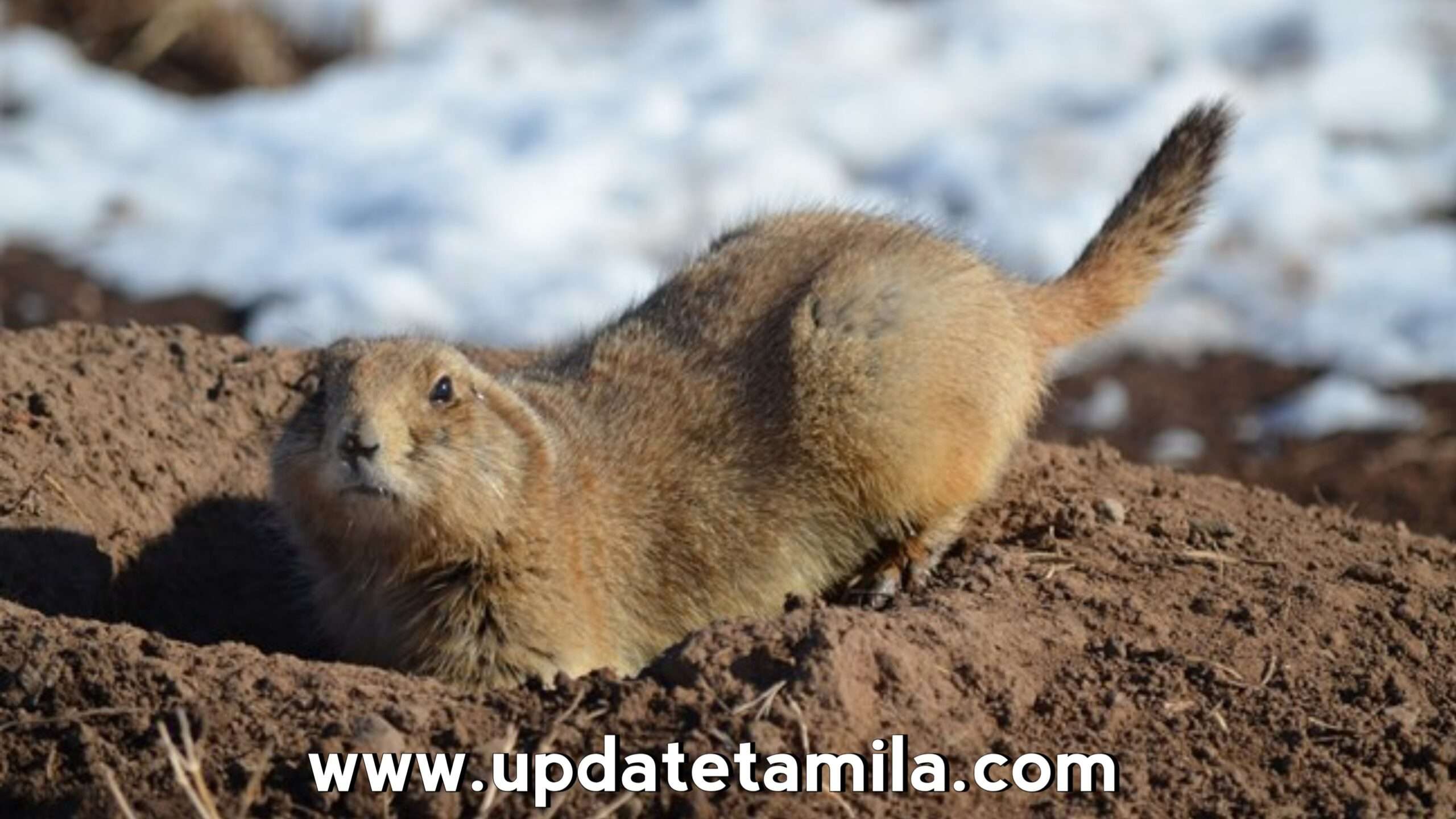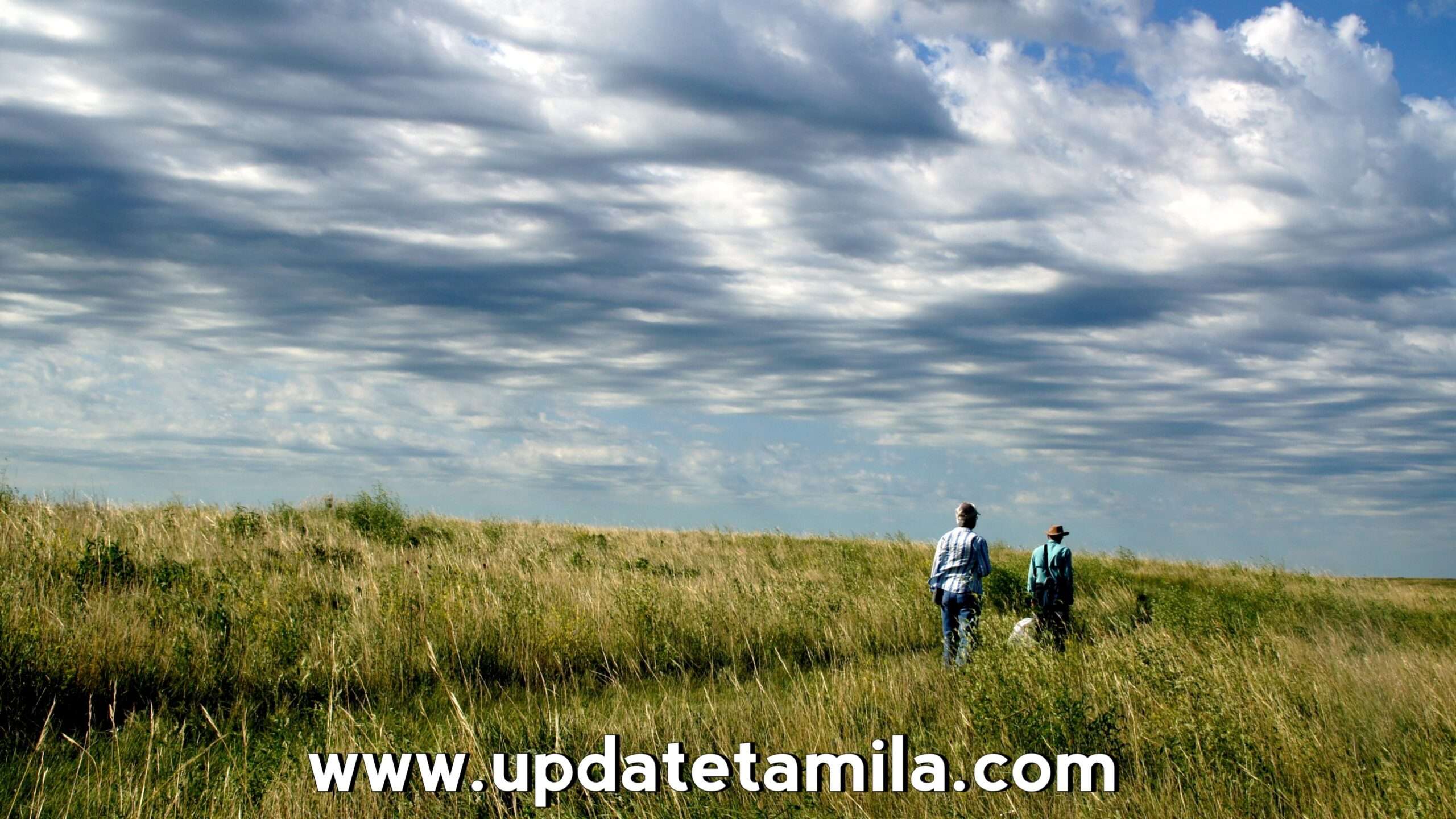Prarie Dog Hunting – Pairie dogs have become popular pets among animal enthusiasts due to their adorable appearance and unique behaviors. These small rodents, native to the grasslands of North America, exhibit a fascinating social structure and can make charming companions with the right care and attention. However, it is important to understand the responsibilities and challenges associated with owning a prairie dog before considering them as pets.
Table of Contents
Introduction
Scientifically known as Cynomys, prairie dogs are small burrowing rodents belonging to the squirrel family. They are social creatures, residing in large colonies called “towns,” where they create intricate networks of tunnels. Prairie dog hunting are well-known for their communication skills, utilizing distinct vocalizations and body movements to convey information within their community.
Understanding Prairie Dog Hunting
Prairie dogs are herbivorous animals that primarily feed on grasses, seeds, and vegetation. They are recognized for their characteristic upright stance, where they stand on their hind legs to scan their surroundings for potential threats. These intelligent creatures engage in various behaviors such as grooming, wrestling, and even engaging in “kissing” displays.
The Allure of Prairie Dogs as Pets
The appeal of owning a prairie dog as a pet lies in their captivating behavior and unique characteristics. Their social nature makes them intriguing companions, and their playful antics can bring joy to their owners. Furthermore, prairie dogs have a relatively long lifespan in captivity, ranging from 8 to 12 years, ensuring potential years of companionship.
Considerations Before Choosing a Prairie Dog Hunting
1. Legalities and Permits
Before deciding to have a prairie dog as a pet, it is crucial to research and understand the legal regulations regarding their ownership. In certain areas, they are classified as exotic pets, necessitating specific permits or licenses. Adhering to local regulations ensures the legality of owning a prairie dog.
2. Space and Housing Requirements
Prairie dogs are active animals that require ample space to roam and explore. They thrive in large enclosures or specially designed habitats that simulate their natural burrowing behavior.Prairie dog hunting, Providing a spacious cage with tunnels, platforms, and hiding spots creates a stimulating environment for these curious creatures.
3. Social Needs and Interaction
As highly social animals, prairie dogs crave companionship. It is recommended to keep them in pairs or small groups to prevent loneliness and ensure their emotional well-being. Regular interaction and playtime with their human caregivers are vital for maintaining a strong bond and preventing boredom.
4. Diet and Nutrition
Maintaining a well-balanced diet is essential for the health of a pet prairie dog. Their diet should consist of a variety of fresh vegetables, hay, and fortified pellets specifically formulated for rodents. Avoid feeding them sugary or fatty foods, as these can lead to health issues.
5. Veterinary Care
Finding a veterinarian experienced in exotic pets, particularly prairie dogs, is crucial for their well-being. Regular check-ups, vaccinations if necessary, and preventive treatments for parasites are essential to ensure the overall health of your pet.

Advantages of Owning a Prairie Dog
1. Distinct and Quirky Personality
Prairie dogs possess a unique personality that sets them apart from other small pets. They are known for their inquisitive nature, playful antics, and their ability to form strong bonds with their owners. Their charming behavior can provide hours of entertainment and companionship.
2. Low Maintenance
Compared to some other exotic pets, prairie dogs are relatively low maintenance. They are clean animals that groom themselves regularly. Additionally, their diet mainly consists of commercially available food and fresh vegetables, making feeding them convenient.
3. Fascinating to Observe
Prairie dogs exhibit captivating behaviors that make them fascinating to observe. From their intricate tunnel systems to their communication techniques, watching them interact with their environment and each other can be a source of endless fascination and education.
Disadvantages of Owning a Prairie Dog
1. Specialized Care Requirements
While prairie dogs can be rewarding pets, they have specific care requirements that must be met. Their enclosures need regular cleaning, and their diet should be carefully monitored to ensure a balanced and nutritious intake. Providing them with mental stimulation and enrichment is also crucial to prevent boredom.
2. Potential for Aggression
Prairie dogs are generally not aggressive, but like any animal, they can exhibit territorial behavior or aggression if they feel threatened. Proper socialization, handling, and understanding their body language are essential to minimize the risk of aggression. Prairie dog hunting
3. Noise and Odor Concerns
Living with a prairie dog as a pet may present challenges related to noise and odor. Prairie dogs have vocalizations that can be loud, especially during play or alarm calls. Additionally, their enclosures may emit an odor that needs to be managed through regular cleaning and proper ventilation.
4. Training and Enrichment for Prairie Dogs
Prairie dogs can be trained to a certain extent, but it is important to remember that they are still wild animals at heart. Positive reinforcement techniques can be used to teach them basic commands and encourage good behavior. Providing them with toys, tunnels, and foraging activities can keep them mentally stimulated and prevent boredom.
5. Bonding and Building Trust
Developing a strong bond with a prairie dog requires time, patience, and consistent interaction. Gentle handling, offering treats, and spending quality time together can help build trust and a positive relationship. It is important to understand that each prairie dog may have its own unique personality, requiring different approaches to bonding.
6. Health Concerns and Common Issues
Like any pets, prairie dogs can experience health issues. It is crucial to be aware of common problems such as dental issues, obesity, respiratory infections, and parasites. Regular veterinary check-ups and a proactive approach to healthcare can help prevent and address these issues promptly.
7. Finding a Reputable Breeder or Rescue
When considering a prairie dog as a pet, it is important to find a reputable breeder or consider adoption from a rescue organization. Responsible breeders prioritize the welfare of their animals and provide proper socialization and care.prairie dog hunting Adopting from a rescue not only gives a prairie dog a second chance but also supports the important work of animal welfare organizations.

Conclusion
Owning a prairie dog as a pet can provide a unique and rewarding experience for the right individuals. Their social nature, intriguing behavior, and long lifespan make them appealing companions prairie dog Hunting,However, it is essential to carefully consider their specialized care requirements, potential challenges, and legalities before deciding to bring one into your home. With proper knowledge, preparation, and dedication, a prairie dog can become a cherished member of the family.
Frequently Asked Questions (FAQs)
Can prairie dogs be kept as pets in all states?
While some states permit prairie dogs as pets, others have restrictions or require permits. It is crucial to research and adhere to the regulations specific to your location.
What is the cost of owning a prairie dog?
The cost of owning a prairie dog includes initial setup expenses (enclosure, supplies), ongoing costs for food and veterinary care, and potential unforeseen expenses. It’s important to budget for these costs.
Do prairie dogs require vaccinations?
Prairie dogs do not require vaccinations like dogs or cats. However, regular veterinary check-ups are still necessary to monitor their overall health.
Can prairie dogs be litter trained?
Prairie dogs can be trained to use a litter box, although it may not be as reliable as with domesticated pets. Consistent training and positive reinforcement can help encourage proper litter box usage.
What is the lifespan of a prairie dog in captivity?
With proper care, prairie dogs can live between 8 to 12 years in captivity. Providing a healthy diet, regular veterinary care, and a stimulating environment can contribute to their longevity.